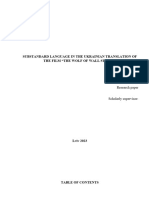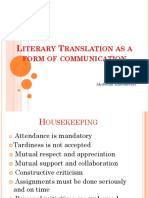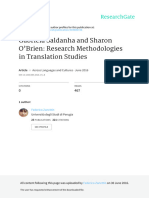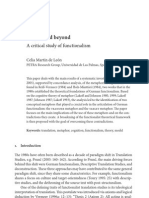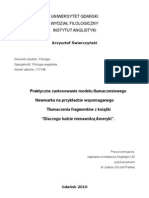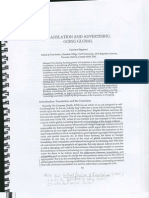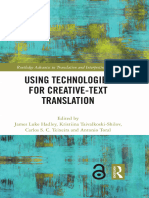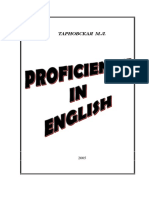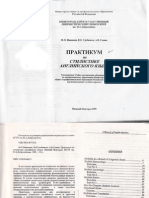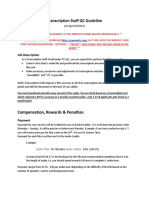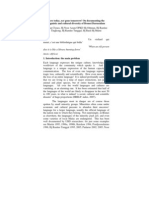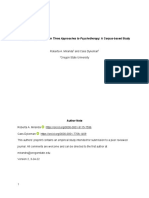0% found this document useful (0 votes)
290 views4 pagesTranslating Culture-Specific Terms
Realia are culture-specific words or expressions that pose a translation challenge. They originate in popular culture and are found in diverse texts, sometimes to convey an exotic feeling. Realia can refer to geography, ethnography, politics, or society. When translating realia, strategies range from phonetic transcription to replacing the word with a local equivalent or general term, depending on factors like the text, desire to retain exoticism, realia importance, and the target reader. The choice of translation strategy is complex.
Uploaded by
Magalí SquarantiCopyright
© © All Rights Reserved
We take content rights seriously. If you suspect this is your content, claim it here.
Available Formats
Download as PDF, TXT or read online on Scribd
0% found this document useful (0 votes)
290 views4 pagesTranslating Culture-Specific Terms
Realia are culture-specific words or expressions that pose a translation challenge. They originate in popular culture and are found in diverse texts, sometimes to convey an exotic feeling. Realia can refer to geography, ethnography, politics, or society. When translating realia, strategies range from phonetic transcription to replacing the word with a local equivalent or general term, depending on factors like the text, desire to retain exoticism, realia importance, and the target reader. The choice of translation strategy is complex.
Uploaded by
Magalí SquarantiCopyright
© © All Rights Reserved
We take content rights seriously. If you suspect this is your content, claim it here.
Available Formats
Download as PDF, TXT or read online on Scribd
/ 4

